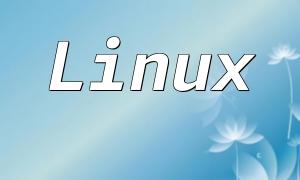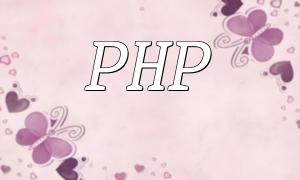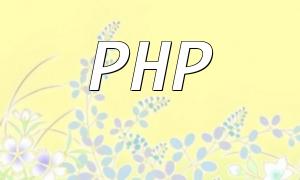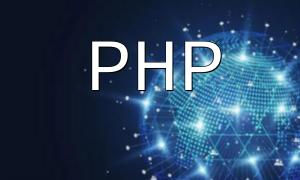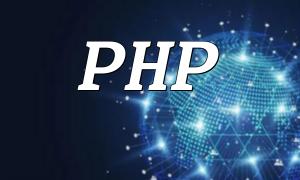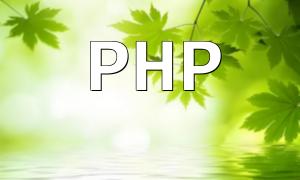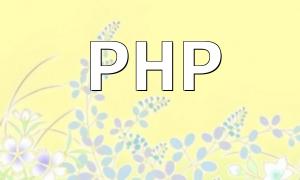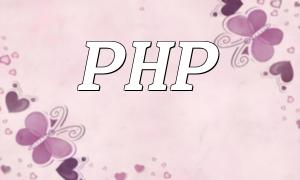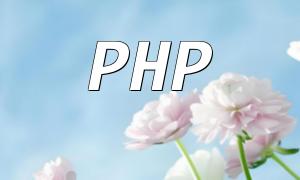In recent years, with the rapid development of cloud computing, more and more companies and developers are choosing to deploy their applications on cloud platforms. The PHP framework, with its flexibility and robust ecosystem, has become a top choice for many developers. In this context, Docker, as a lightweight virtualization technology, provides powerful support for managing PHP environments on cloud platforms. This article will introduce how to deploy PHP frameworks using Docker, discuss best practices, and share some practical tips.
Docker is an open-source containerization platform that packages applications and all their dependencies into an independent, portable container, ensuring consistency and repeatable deployment. Docker containers offer the following key advantages:
Before deploying a PHP application, we need to create a Dockerfile that defines how the Docker image will be built. Below is an example Dockerfile for deploying a Laravel framework:
This Dockerfile includes setting the working directory, copying application code, installing necessary system dependencies and PHP extensions, and specifying the command to run when the container starts.
Once the Dockerfile is ready, we can build the Docker image using the following command:
After the build is complete, you can list all available Docker images with the following command:
With the image built, you can easily start a container with the following command:
This command maps the container’s 9000 port to the host’s 9000 port, making the application accessible.
Another critical aspect of deploying applications on cloud platforms is implementing CI/CD. By integrating Docker with CI/CD tools like GitLab CI, Jenkins, etc., developers can automate the build, test, and deployment processes. Every time code is pushed to the version control system, CI/CD tools will automatically pull the latest code, build the new image, and deploy it on the cloud platform.
Multi-stage builds in Docker help reduce the image size. For instance, you can install Composer dependencies in one stage and copy only the compiled files to the next stage, avoiding the inclusion of build tools in the final image.
When handling different environments (e.g., development, testing, production), Docker allows you to configure application behaviors using environment variables. For example, you can manage sensitive information such as database connection strings by setting environment variables in the Docker Compose file.
For Docker containers running on cloud platforms, integrating monitoring tools (like Prometheus, Grafana) and log management tools (like the ELK stack) is essential. These tools help developers monitor container health in real-time and analyze logs for troubleshooting issues quickly.
Deploying PHP frameworks on cloud platforms using Docker enhances application portability, consistency, and maintainability. By optimizing the Dockerfile, building efficient Docker images, managing containers, and implementing CI/CD for automated deployment, developers can streamline the process of deploying and maintaining PHP applications in the cloud. With continuous improvements and optimization of these practices, development and operations will become more efficient in the future.
